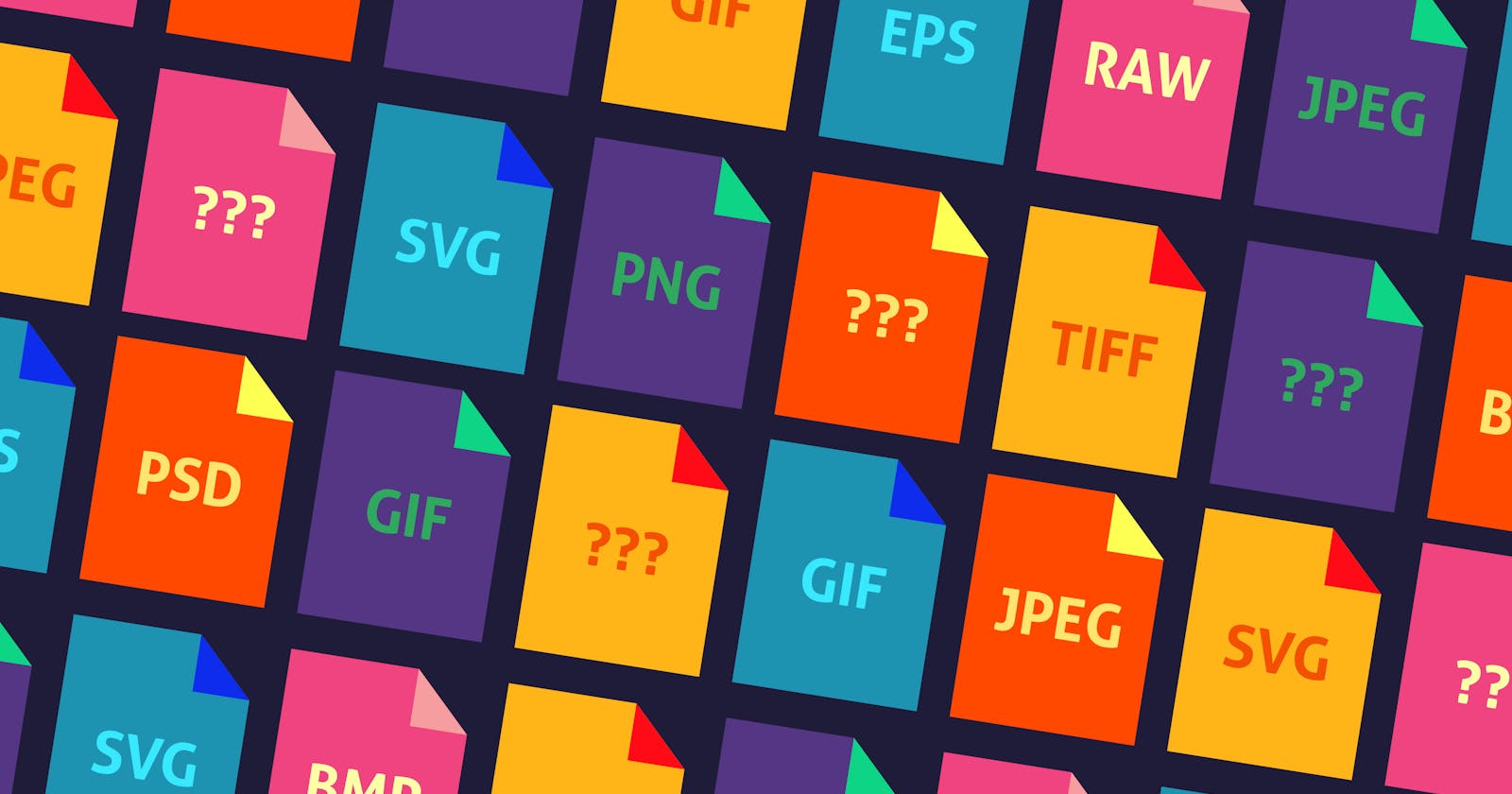Network performance is very important, as it can affect users adoption rate. The better the loading time, the good the user experience. Most of the time images have more loading time.
The primary way to change an image size is to change the file format. And pick the file format that is best performant even at the low network bandwidth. There are few file formats like which are used frequently and each have unique use cases.
- JPG
- GIF
- PNG
- SVG
- WEBP
JPG
A JPG file is an image saved in a compressed image format standardized by the Joint Photographic Experts Group (JPEG). It is commonly used for storing digital photos and used by most digital cameras to save images.A disadvantage of JPG is that they don't allow transparency and usually the file size is big.
GIF
GIF stands for “Graphics Interchange Format”. It's a bitmap image format which was created by CompuServe. A single GIF image can comprise of 256 different colors from the 24-bit RGB range.GIFs are really great for small animations. The file size is really low, which improves web page performance.
PNG
PNG stands for “Portable Graphics Format”. It is the most frequently used uncompressed image format on the web. This lossless data compression format was created to replace the GIF.PNGs limit the number of colors and these are usually smaller in size. These type are mostly used for logos. The most important thing about PNG is we get transparent background.
SVG
SVG is abbreviated as “Scalable Vector Graphics”. It's a XML based two-dimensional graphic file format. SVG format was developed as an open standard format by World Wide Web Consortium (W3C).SVGs are most used by designers as they are customizable. The main advantage of SVG is that we can zoom the file at the fullest and still get the file quality as clear as the original one. These are really small in size even by having this functionality.
WEBP
WEBP is an image file format which contains image data with both lossless and lossy compression, developed by Google.The format is capable of reducing image file size up to 34% smaller than JPEG and PNG images while retaining quality with high standards.
So while choosing an image file format for your next project, takes wise decision to match up the network speed.
